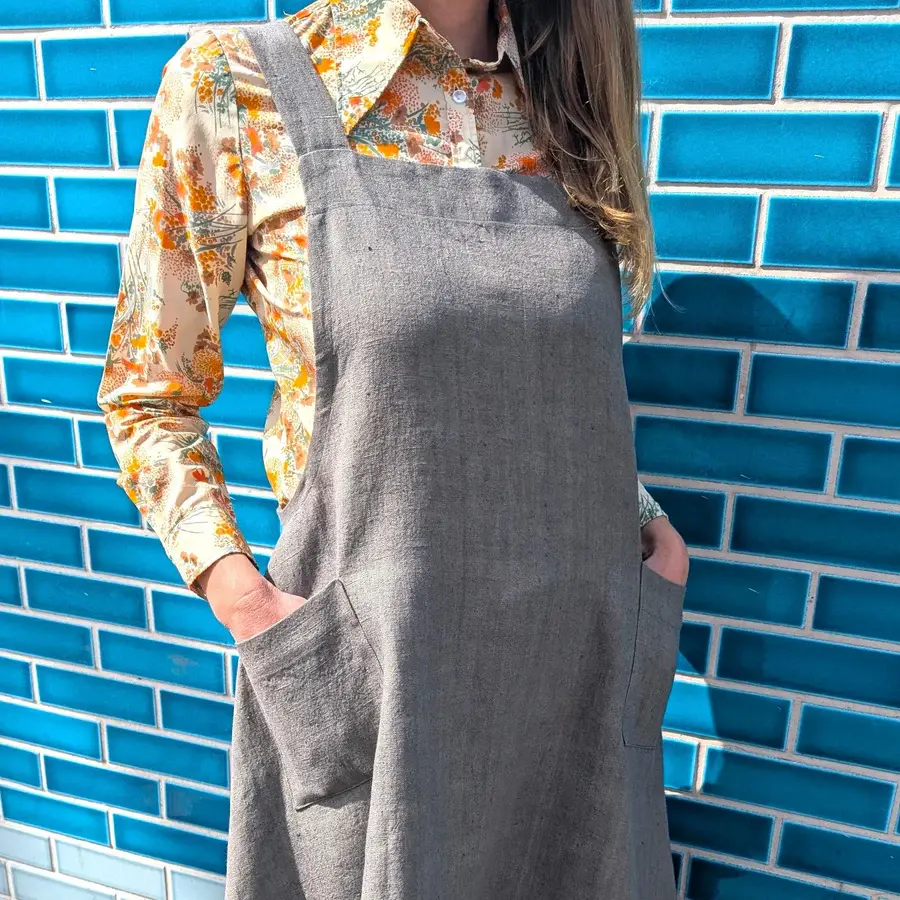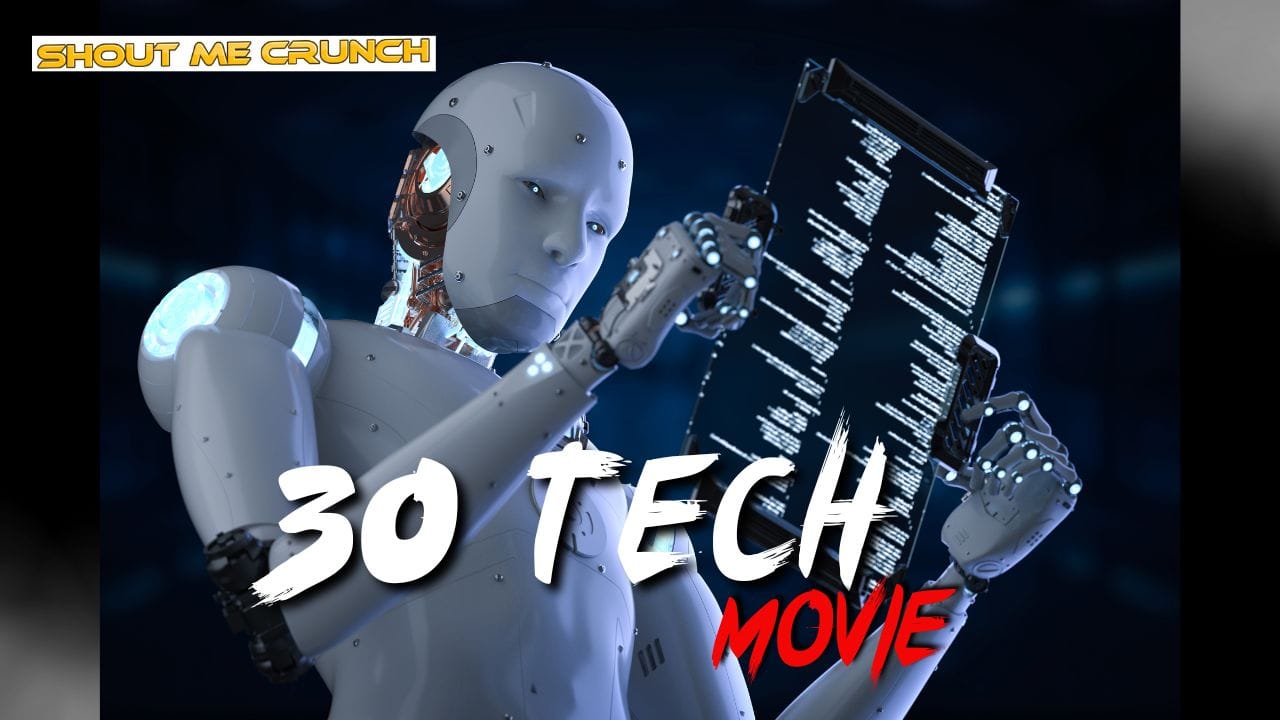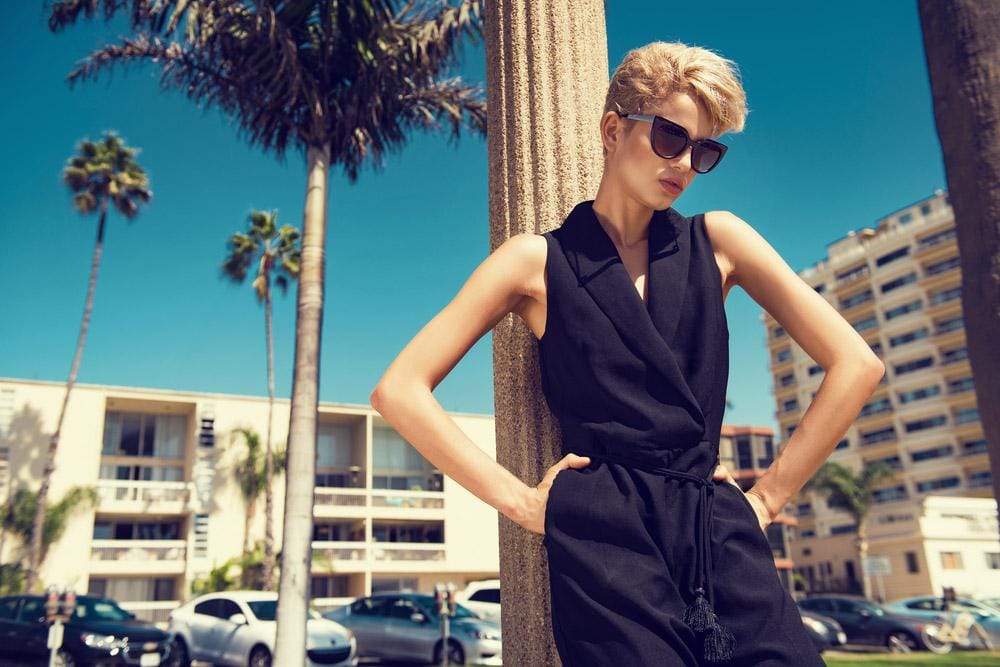Let me tell you a little secret. The first time I wore joggers to a Zoom meeting (with a crisp blazer on top, of course), I thought, “Wow… this is the peak of fashion evolution.” And honestly? I wasn’t wrong. Whether you need clothes for work for women on Zoom calls or business professional clothes in a boardroom, you will learn how today’s workwear balances polish with ease.
Workwear today isn’t about stiff suits and painful heels. It’s about walking into a meeting—whether that’s a boardroom or your kitchen table—and looking sharp without feeling like your ribs are trapped in a corset. The rules have changed. The vibe has changed. And if you’ve been confused by words like business casual, smart casual, hybrid dressing, don’t worry. You’re not alone.
Let’s break this down, story-style, chart-style, and with a few side-eye comments about the fashion industry along the way.
Contents
How Workwear Went From Rigid to… Relatable

A quick trip down fashion memory lane:
| Era | What People Wore | The Vibe |
|---|---|---|
| Early 1900s | Stiff suits, ties, bowler hats | Authority + conformity |
| 1970s | Softer fabrics, more freedom | “Let’s loosen the tie a bit” |
| 1980s (Power Dressing with style) | Shoulder pads, bold colors, sharp tailoring | “I mean business” (literally) |
| 1990s | Jeans, polos, startup energy | “I code better in denim” |
| 2020s | Blazers + joggers, Zoom tops | “Business up top, Netflix below” |
Funny, right? A century ago, everyone looked like they were auditioning for Peaky Blinders. Today, we’re out here pairing sneakers with trousers and calling it chic.
And if you think the pandemic didn’t accelerate this shift? Think again. Suddenly, your top half mattered more than your bottom half. Cue the rise of “Zoom shirts.” Crisp collar, yes. Pajama shorts under the desk, also yes.
Comfort Is the New Currency
Here’s the deal: no one wants to sit through a 3-hour strategy meeting while their waistband slowly cuts off circulation.

Modern workwear fabrics are doing some heavy lifting:
- Stretch blends (polyester + elastane) → movement without sagging.
- Moisture-wicking → less sweat, more focus.
- Wrinkle-free finishes → because who has time to iron at 7 a.m.?
Researchers have even found that comfortable, well-fitting clothes improve concentration. Basically, if your pants don’t pinch, your brain works better. Science!
Athleisure Invades the Office
This one’s fun. The rise of athleisure basically told the corporate world: “Yes, you can wear leggings and still look like a boss.”
Key crossover items you probably already own:
- Tailored joggers (structured enough to pass as trousers).
- Performance chinos (secretly stretchy, but look fancy).
- Knit blazers (feels like a hoodie, looks like a promotion).
- Sleek sneakers (don’t even try to tell me Stan Smiths aren’t office-appropriate anymore).
These pieces are game changers. They let you head from desk to dinner without needing a wardrobe change in the office bathroom.
The Confusing World of Dress Codes (Explained Simply)

Here’s the thing. HR loves tossing around phrases like business casual business outfits and smart casual, but ask ten people what that means, you’ll get ten different answers.
So let’s settle this once and for all:
| Dress Code | What It Means | Typical Outfit | Pitfalls |
|---|---|---|---|
| Business Formal | Serious, client-facing roles | Suit + tie (men), tailored dress/suit (women) | Too rigid for hybrid life |
| Business Casual | Polished but not stiff | Blazer, chinos, blouse, loafers | Can look boring if too safe |
| Smart Casual | Creative, stylish, modern | Blazer + tee, tailored joggers, clean sneakers | Can slip into “too casual” zone fast |
| Remote Hybrid | Waist-up focus | Polo, blouse, Zoom-optimized shirt | Pajama bottoms are a risky game |
And honestly? Most companies today live in the Business Casual → Smart Casual → Hybrid triangle.
The Generational Twist
- Gen Z: Gender-neutral, vintage, bold prints. They’ll wear a thrifted vest with chunky sneakers and make it work.
- Millennials: Obsessed with sustainability. Think eco-friendly fabrics, rental services, “quality over quantity.”
Both groups are shaping the market. Which means the suit-only office might become an endangered species. Features like weather-adaptive suggestions, social media style boards, and peer inspiration feeds streamline your morning routine.
Inclusivity Isn’t Just a Buzzword

This is the part I personally love. Fashion is finally recognizing that not everyone wants to—or can—dress the same way.
- Gender-neutral tailoring is booming.
- Cultural garments (hijabs, saris, dashikis, kimonos) are showing up in corporate spaces, and being celebrated instead of side-eyed.
- Custom details (monogrammed scarves, adjustable belts, made-to-measure blazers) give personal flair without breaking “professional” norms.
It’s not just fashion—it’s identity. And when people can bring their full selves to work? The whole workplace culture shifts.
Tech Meets Fashion (Yes, Really)
If you think “smart workwear” sounds like a Black Mirror episode, just wait.
- AI styling assistants: Suggest outfits based on your calendar.
- AR try-ons: Upload a selfie, see if that blazer actually works on you.
- Smart wardrobe apps: Track what you wear, suggest combos, remind you that you’ve worn the same shirt to three meetings in a row.
And yes, some of this sounds a little creepy. But when it saves you from panic-shopping at 11 p.m. before a big meeting? Worth it.
Sustainability: Looking Good Without Killing the Planet
This is where workwear gets serious. Because fashion waste is real.
Options on the rise:
- Organic cotton, bamboo, hemp.
- Recycled polyester.
- Subscription services (rent, return, repeat).
- Certifications to look for: GOTS, Oeko-Tex, Fair Trade.
Pitfall? Some “eco” brands are guilty of greenwashing. Translation: marketing sustainability while still cutting corners. Always check the receipts (or supply chains). Subscription plans often include seasonal updates and custom sizing to meet the needs of business casual ladies and clothing for working women.
The Future of Office Fashion
Alright, prediction time. Here’s where I think we’re headed:
- Smart fabrics: temperature regulation, self-cleaning fibers (bye-bye dry cleaning bills).
- Dynamic dress codes: instead of rigid policies, your outfit adjusts by meeting type or day.
- IoT integration: clothes that monitor your posture or hydration. Weird? Yes. Useful? Also yes.
Final Thoughts (and a Friendly Challenge)
Modern workwear isn’t just clothes. It’s culture, comfort, identity, and even tech. The “stiff suit” era isn’t completely dead, but the new rule is simple: look polished, feel comfortable, and let your clothes work as hard as you do.
So here’s my challenge to you: next week, swap one rigid item in your wardrobe for something more flexible—performance chinos, a knit blazer, or even sneakers with your suit. See how it feels. Spoiler: it’ll feel like freedom.
And if your boss says anything? Just tell them, “It’s called modern workwear. Look it up.”








